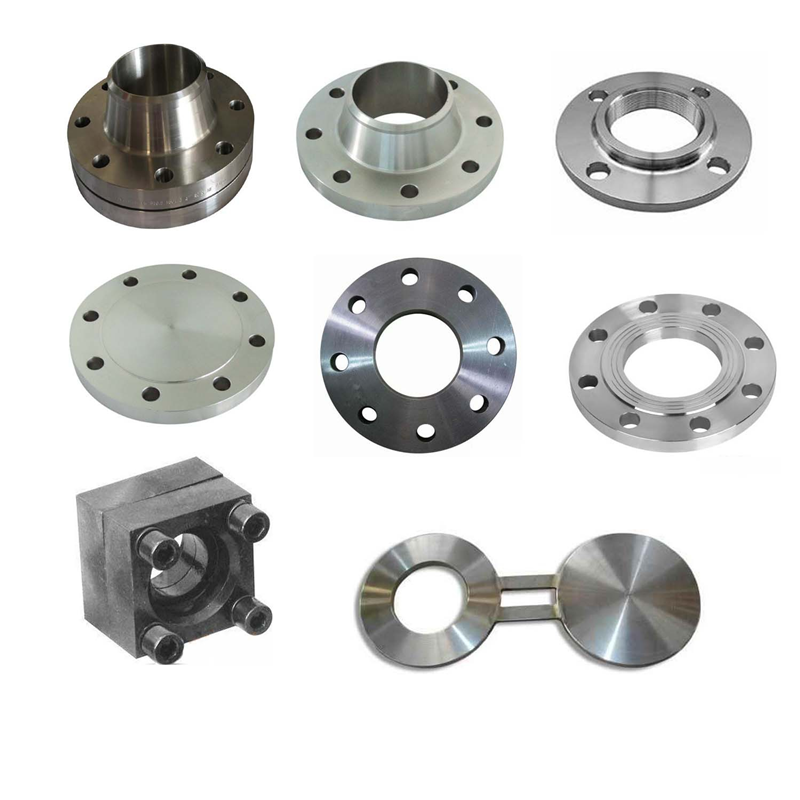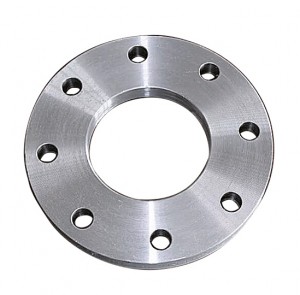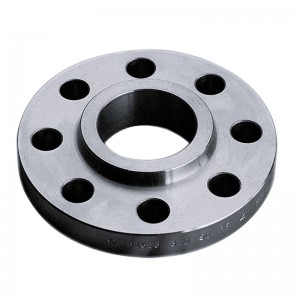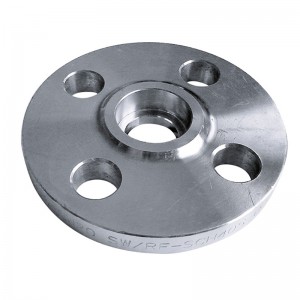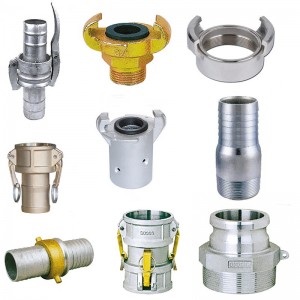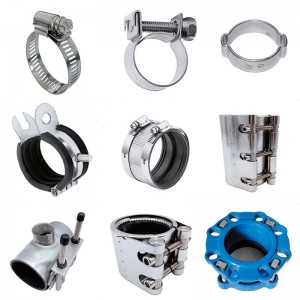Pipe flanges ASTM/EN/DIN/BS/GOST standard
1.Blind flange:
These Flanges are used as a termination point to a piping system. Blind-Flanges have a blank surface with bolt point to fit a pipe.
Available size:1/2’’-56’’
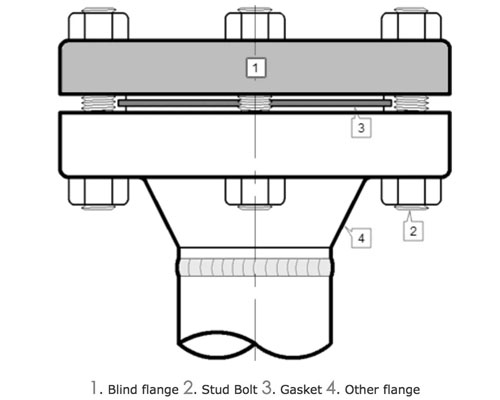
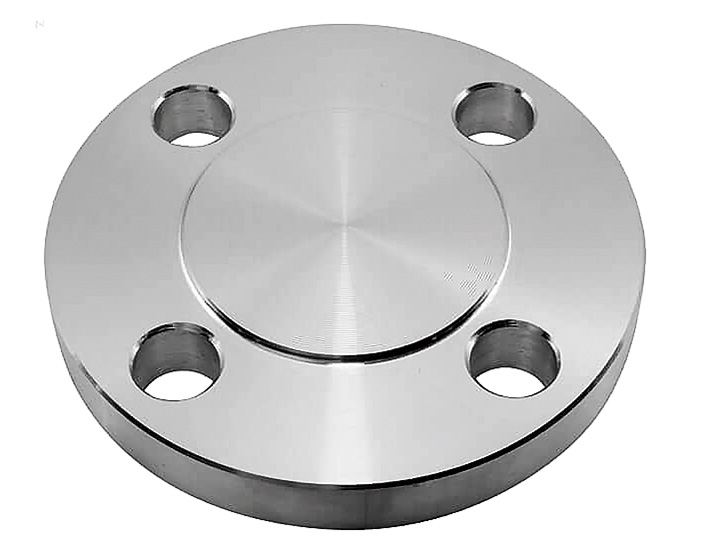
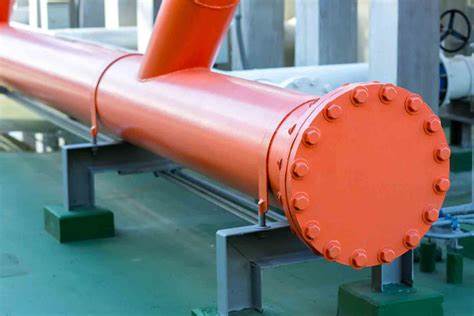
2.Weld neck flange:
It is the most popular flange type with a neck extension with a weld bevel at the end. This type of flange is designed to butt weld directly to the pipe to provide a superior and relatively natural form connection. The butt welding WN flange is not easy to deform, it has good sealing, and is widely used.
Available size:1/2’’-56’’
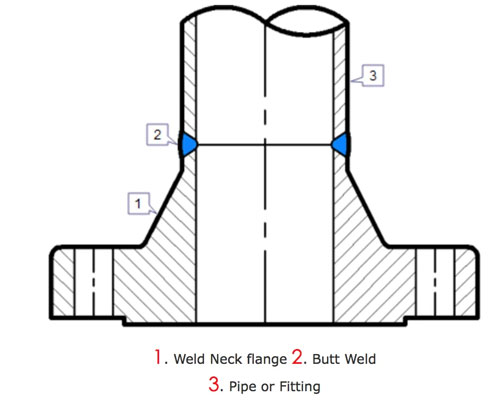
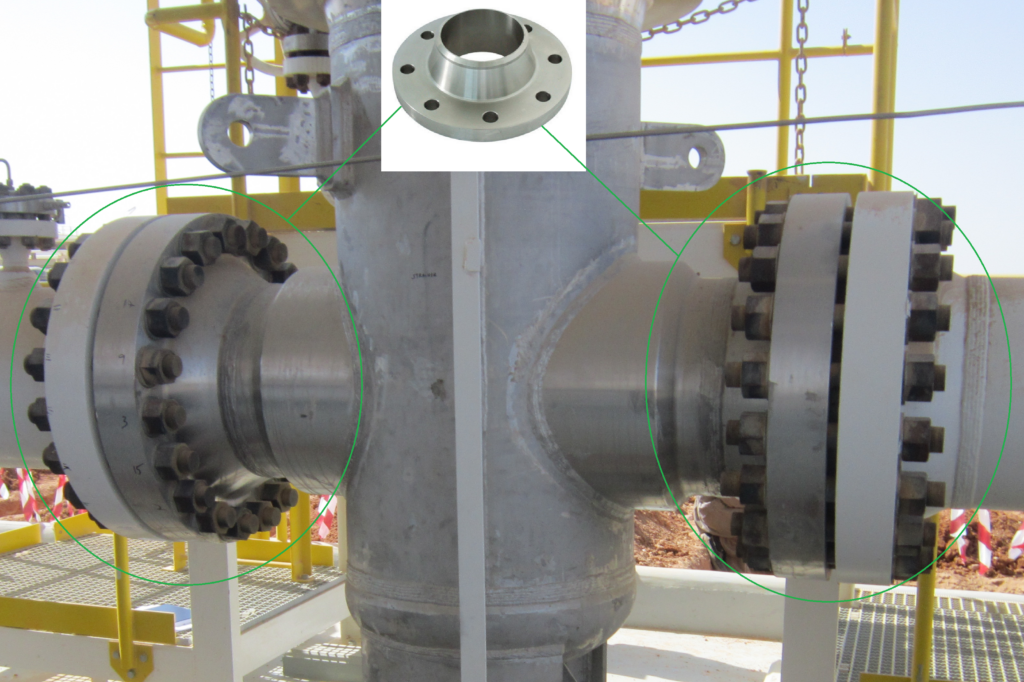
3.Slip on flanges
Slip on flanges,like plate flat welding flanges, are flanges that extend steel pipes, pipe fittings,etc.into the flange and are connected to equipment or pipelines through fillet welds.They are also flat welding flanges because they have a short neck. Thereby increasing the strength of the flange and improving the bearing strength of the flange. So it can be used in higher pressure pipelines.
Available size:1/2’’-64’’
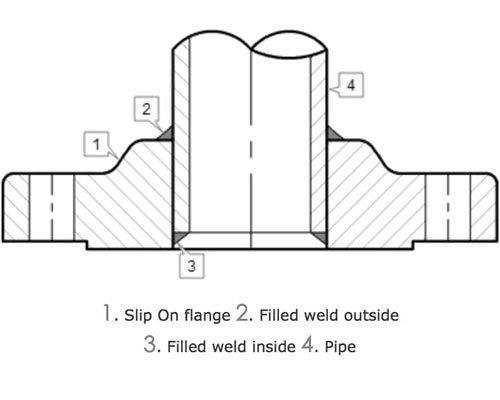
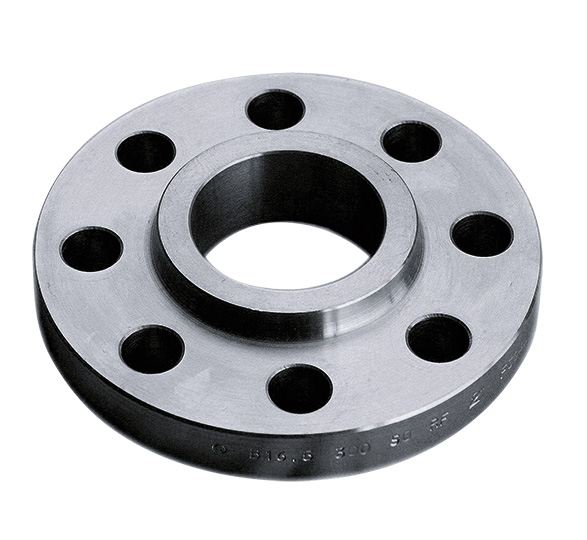
4.Plate flange
A plate flange is a flat, circular disc welded to a pipe's end enabling the flange to be bolted to another pipe.It is often referred to as flat flange, plain flange and flange slip, etc.Two plate flanges can be bolted together with a gasket in between them,usually used in fuel and water pipelines.
Available size:1/2’’-144’’
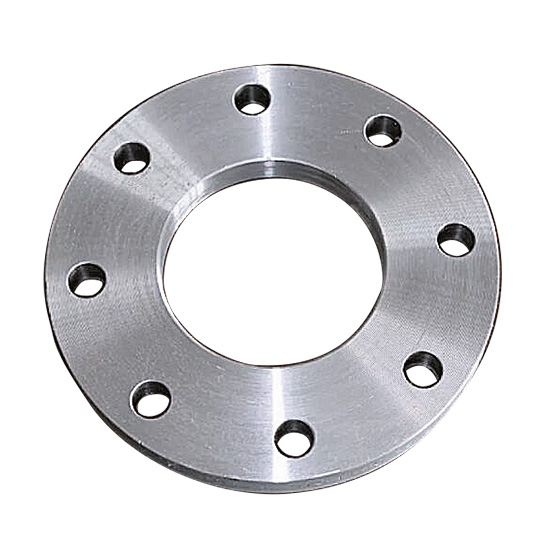
5.Socket welding flange
Socket welding flange refers to the flange where the end of the pipe is inserted into the flange ring step, and the pipe end and the outside are welded.
Available size:1/2’’-56’’
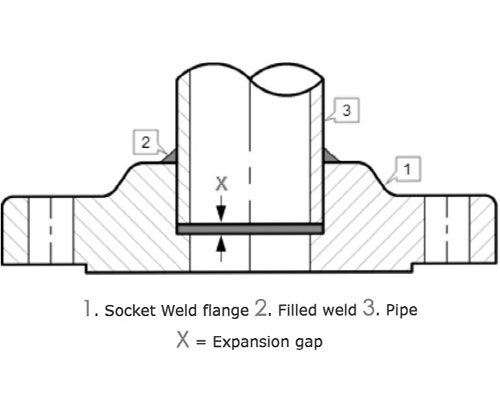
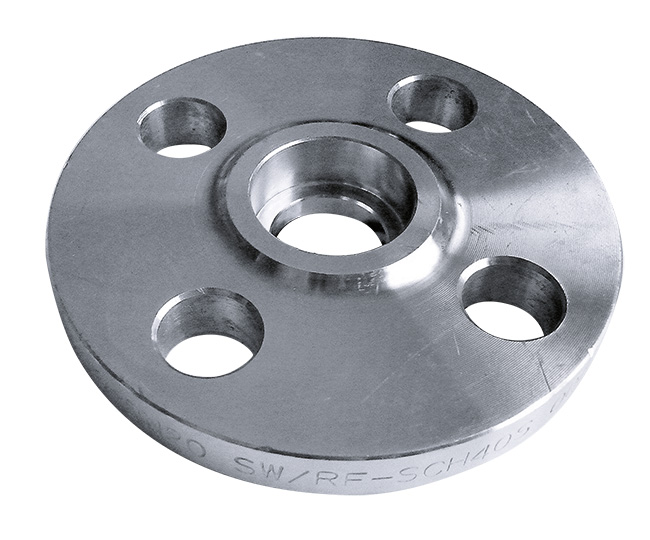
6.Threaded flange
Threaded Flanges are also known as screwed flange, and it is having a thread inside the flange bore which fits on the pipe with matching male thread on the pipe.
Available size:1/2’’-12’’
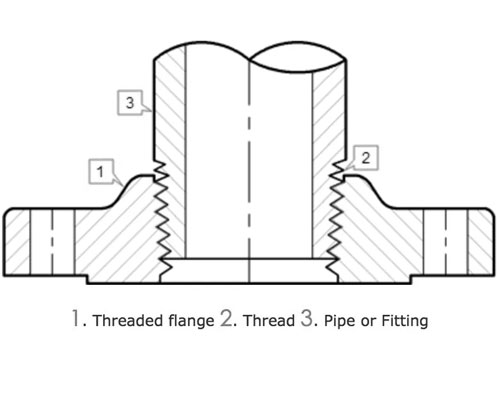
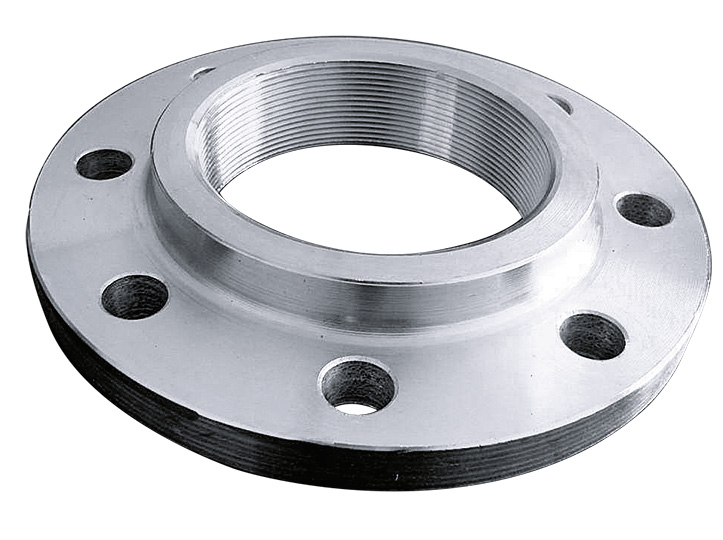
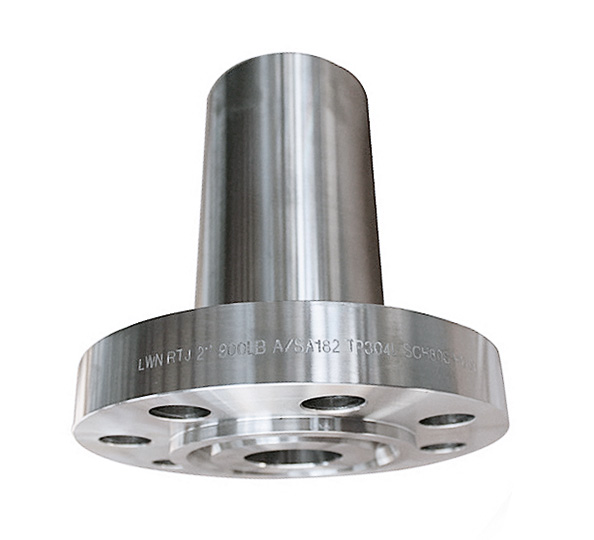
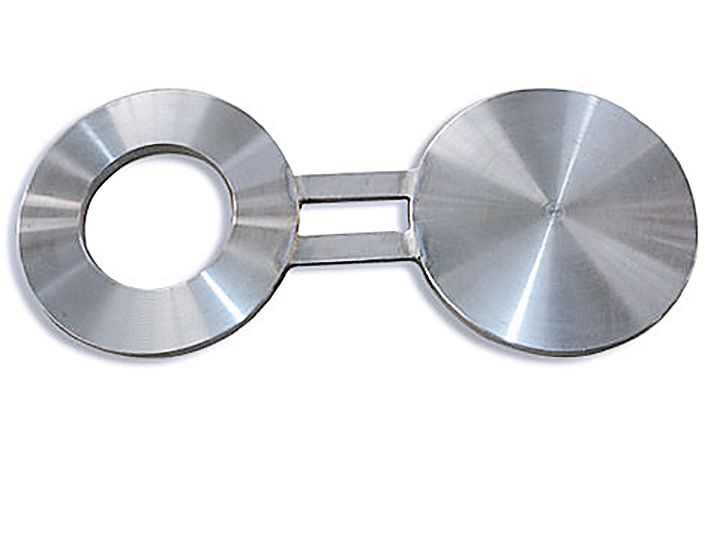
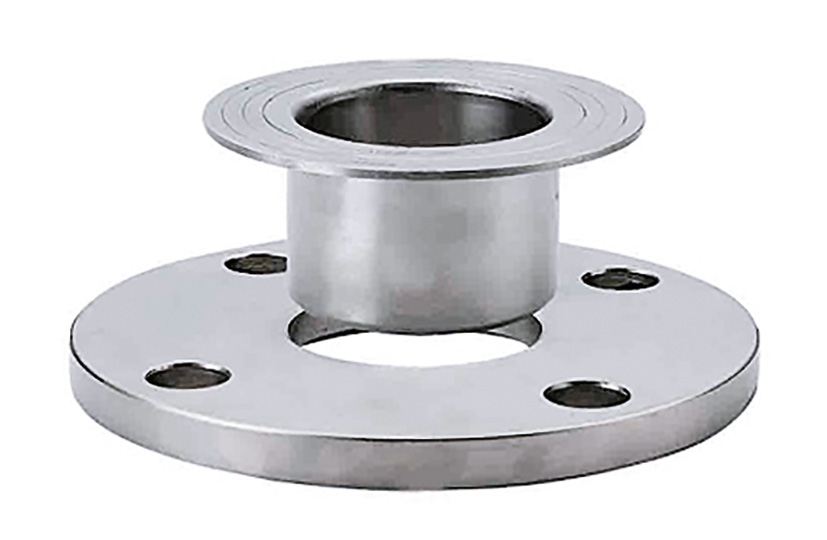
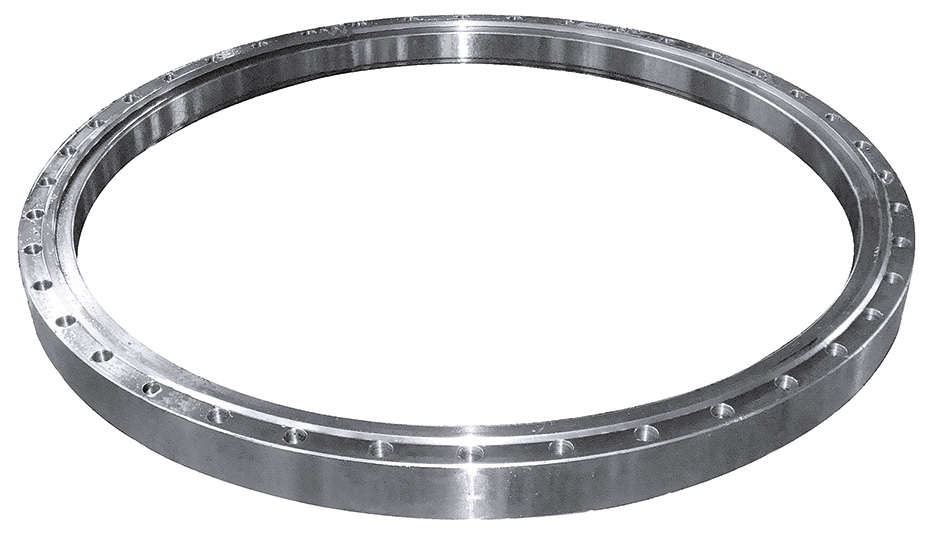
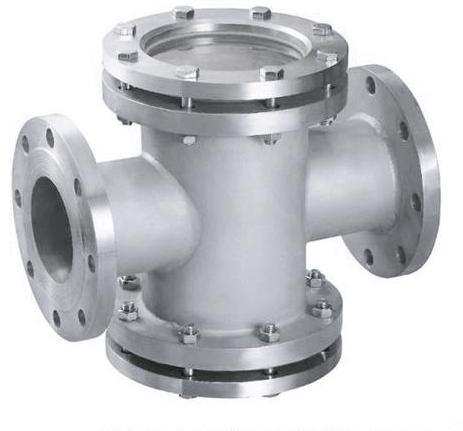
The purpose of a flange depends on its design. It can be to increase the strength of a structure, such as in the case of an iron beam. These are often used in the construction of houses and buildings. A flange can also be used as a guide for keeping a particular object in place. This is most commonly seen in train wheels, which have flanges on either side to prevent the wheels from changing directions. The most common use of a flange is to help attach objects, such as in pipes. Through the use of these items, the pipes can easily be assembled or disassembled.

